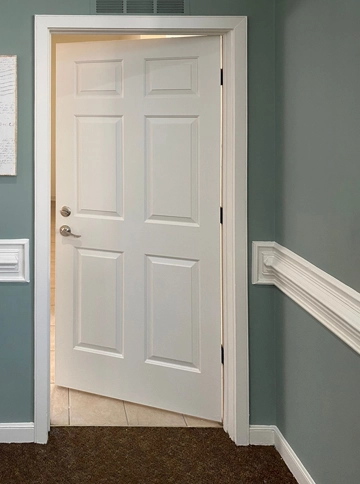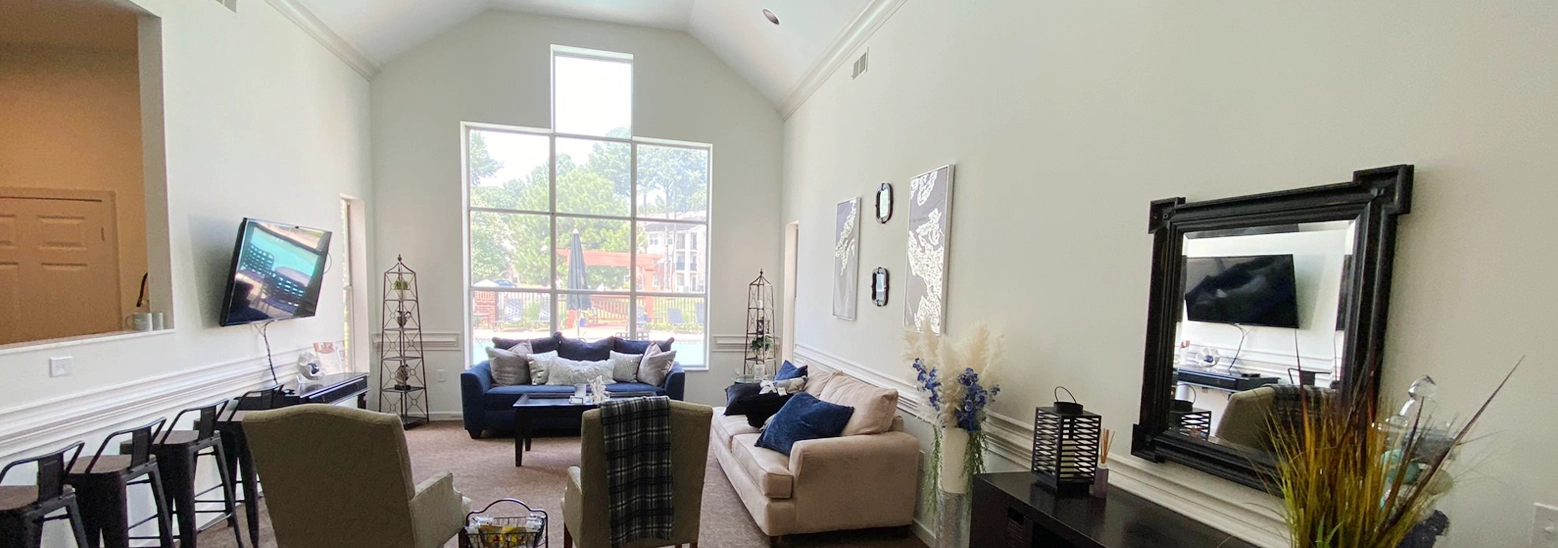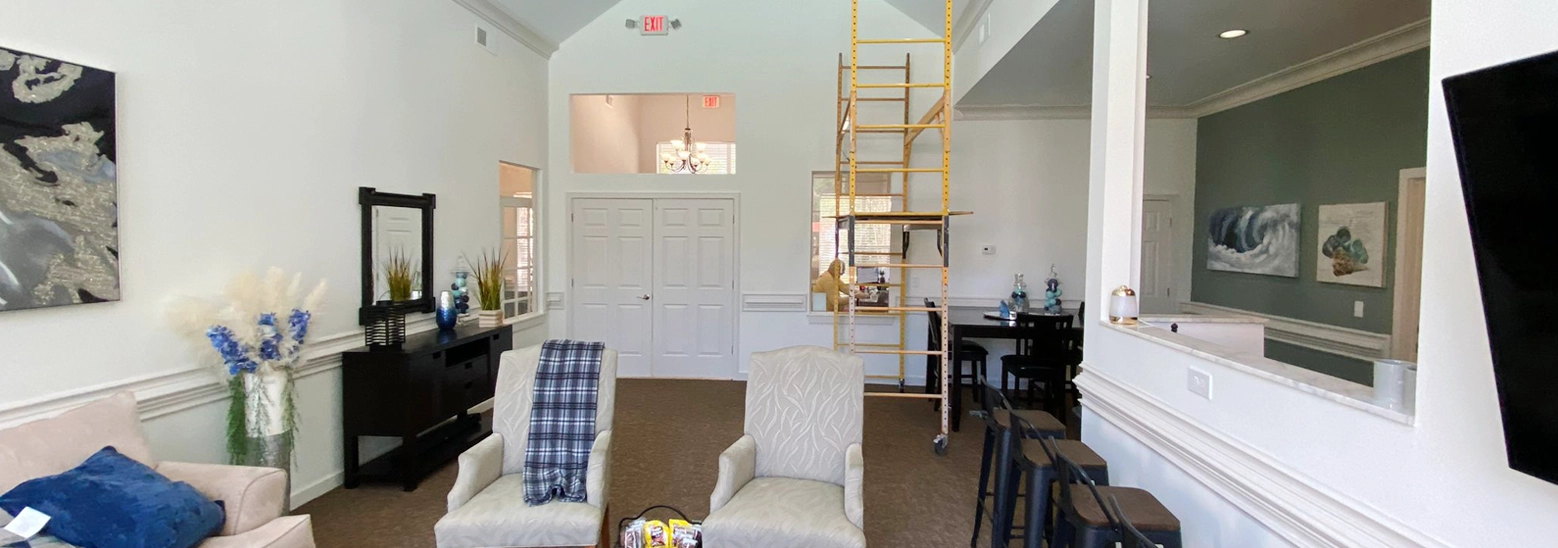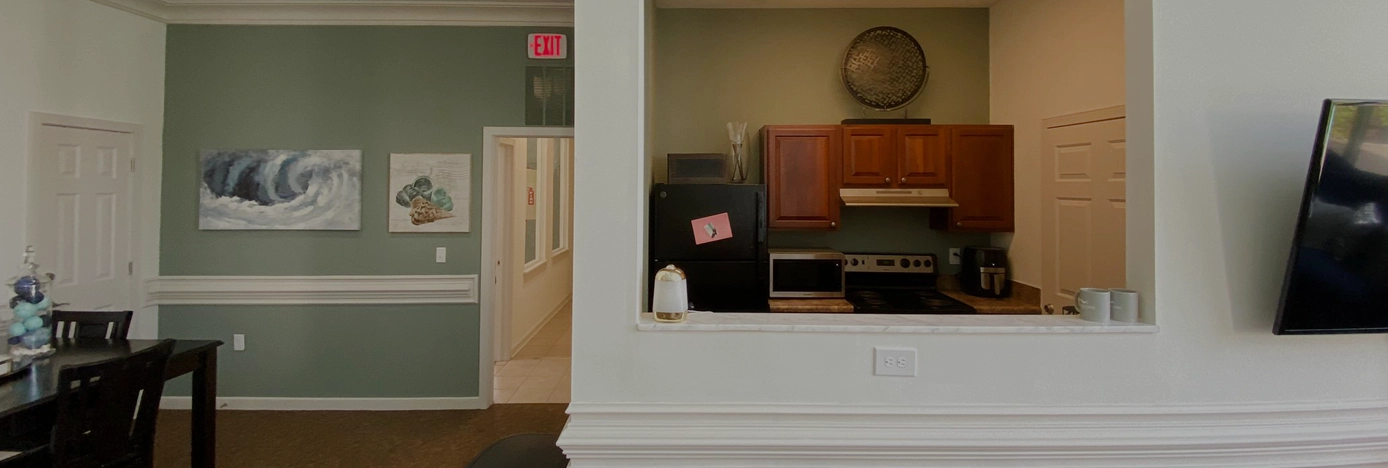About Painted Surface Care
Painted surfaces, whether they adorn the walls of your home or the exterior of your building, are a significant investment. To ensure their longevity and beauty, proper care and maintenance are essential. This guide offers practical tips and techniques to keep your painted surfaces looking their best.
From the initial preparation to ongoing upkeep, we’ll delve into the key steps to protect your investment. Learn how to prepare your surfaces for optimal paint adhesion, choose the right protective coatings, and establish a regular cleaning routine.

We’ll also provide solutions for common paint problems, such as minor scratches and chips.
By following these expert recommendations, you can prolong the life of your painted surfaces and enjoy their aesthetic appeal for years to come.

Prepare for Perfection: Laying the Groundwork for a Long-Lasting Finish
A well-prepared surface is the foundation of a durable and visually appealing paint job. Neglecting this crucial step can lead to premature paint failure, wasted time, and increased costs. To ensure your painted surfaces stand the test of time, follow these essential preparation tips:
1. Cleanse Thoroughly:
- Remove Dirt and Grime: Begin by washing the surface with a mild detergent and water solution. Use a soft-bristled brush or sponge to scrub away dirt, dust, and other contaminants.
- Strip Old Paint: If you’re repainting, it’s essential to remove any peeling or flaking paint. Use a paint scraper, chemical stripper, or a combination of both to achieve a clean, bare surface.
- Neutralize Alkalinity: For surfaces with high alkalinity, such as masonry or concrete, use a neutralizing solution to prevent the paint from reacting with the alkaline substrate.
2. Repair Imperfections:
- Fill Holes and Cracks: Use a high-quality filler or spackling compound to repair any holes, cracks, or dents. Allow the filler to dry completely before sanding smooth.
- Sand Smooth: Sand the repaired areas and the entire surface with fine-grit sandpaper to create a smooth, uniform texture. Sanding also helps to improve paint adhesion.
- Prime the Surface: Apply a high-quality primer to seal the surface and enhance paint adhesion. Choose a primer that is compatible with your paint type and substrate.
3. Address Moisture Issues:
- Identify Moisture Sources: Before painting, it’s crucial to address any moisture issues, such as leaks or condensation. Repair any leaks and improve ventilation to prevent future problems.
- Use Moisture-Resistant Products: If you’re painting in a damp or humid environment, choose a moisture-resistant paint or primer to protect your surfaces from damage.
By taking the time to properly prepare your surfaces, you’ll create a strong foundation for a long-lasting, beautiful finish. Remember, a little extra effort upfront can save you time and money in the long run.
Protect Your Investment: The Power of Protective Coatings
Once your surfaces are perfectly prepared, it’s time to invest in high-quality protective coatings. These coatings act as a barrier between your painted surfaces and the elements, safeguarding them from damage and fading.
1. Choose the Right Finish:
-
- Gloss Finish: Offers superior durability and easy cleaning but can highlight imperfections.
- Semi-Gloss Finish: Provides a balance of durability and sheen, making it a popular choice for trim and doors.
- Satin Finish: Offers a soft, low-luster appearance and is easy to clean, making it ideal for walls and ceilings.
- Matte Finish: Conceals imperfections but may be more difficult to clean.
2. Consider Specialized Coatings:
-
- Exterior Coatings: Opt for coatings specifically designed to withstand harsh weather conditions, including UV rays, moisture, and temperature fluctuations.
- Interior Coatings: Choose low-VOC, eco-friendly coatings that are safe for indoor use and reduce harmful emissions.
- High-Traffic Coatings: For areas with heavy foot traffic, such as hallways and kitchens, select durable, scrubbable coatings that can withstand wear and tear.
3. Apply Properly:
-
- Follow Manufacturer’s Instructions: Adhere to the manufacturer’s recommended application methods, including brush strokes, roller techniques, and spray application.
- Ensure Even Coverage: Apply a consistent coat of paint to avoid unevenness and potential problems.
- Allow Adequate Drying Time: Give the paint ample time to dry between coats to ensure proper adhesion and prevent issues like cracking or peeling.
By investing in high-quality protective coatings and applying them correctly, you can significantly extend the life of your painted surfaces and maintain their pristine appearance.
Regular Maintenance Magic: Keeping Your Painted Surfaces Sparkling
Regular maintenance is key to preserving the beauty and durability of your painted surfaces. By incorporating a simple cleaning routine, you can prevent dirt, grime, and other contaminants from damaging your paint.
1. Gentle Cleaning:
-
- Dust Regularly: Use a soft, dry cloth or duster to remove dust and cobwebs from painted surfaces.
- Weekly Wipe-Down: Clean walls, trim, and doors with a damp cloth and mild detergent. Avoid using harsh chemicals or abrasive cleaners that can damage the paint.
- Spot Clean Spills: Address spills promptly to prevent stains. Blot up spills with a clean cloth and mild detergent.
2. Deep Cleaning:
-
- Annual Wash: For more thorough cleaning, wash your painted surfaces with a mild detergent and water solution. Use a soft-bristled brush or sponge to scrub away dirt and grime.
- Rinse Thoroughly: Rinse the surfaces with clean water to remove any soap residue.
- Dry Completely: Allow the surfaces to air dry completely before applying any additional coatings or treatments.
3. Protect Against Sun Damage:
-
- UV-Resistant Coatings: Consider using UV-resistant coatings to protect your painted surfaces from the harmful effects of sunlight.
- Window Treatments: Use curtains or blinds to reduce direct sunlight exposure, especially during peak hours.
4. Prevent Mold and Mildew:
-
- Ventilation: Ensure proper ventilation in damp areas, such as bathrooms and kitchens, to reduce moisture buildup.
- Mold and Mildew Cleaners: For persistent mold and mildew, use a specialized cleaner and follow the manufacturer’s instructions.
By following these simple maintenance tips, you can keep your painted surfaces looking their best for years to come. Remember, prevention is key, so establish a regular cleaning routine and address any issues promptly.

Quick Fixes for Minor Mishaps: Restoring Your Painted Surfaces
Even with the best care and maintenance, minor mishaps can occur. Here are some quick fixes to restore your painted surfaces to their former glory:
1. Touch-Up Paint:
- Color Match: Use a color-matching tool or consult a paint professional to find the exact paint color.
- Small Touch-Ups: For small chips and scratches, apply a small amount of touch-up paint with a fine-tipped brush.
- Blend the Edges: Blend the edges of the touch-up paint with the surrounding area using a clean brush or a cotton swab.
2. Removing Scuff Marks:
- Mild Detergent: Clean scuff marks with a mild detergent and a soft cloth.
- Magic Eraser: For stubborn marks, use a magic eraser to gently rub away the scuff.
- Repaint the Area: If the scuff mark is severe, repaint the affected area to restore the original color.
3. Repairing Peeling Paint:
- Scrape Off Loose Paint: Use a paint scraper to remove any loose or peeling paint.
- Sand the Area: Sand the repaired area to create a smooth surface.
- Prime and Paint: Apply a primer to the repaired area, followed by a coat of paint to match the surrounding area.
4. Dealing with Water Damage:
- Dry the Area: Dry the affected area thoroughly with towels or a dehumidifier.
- Remove Mold and Mildew: Clean the area with a mold and mildew cleaner.
- Repair Damaged Surfaces: Repair any damaged drywall or wood.
- Repaint: Once the area is dry and repaired, repaint the affected area.
By addressing minor issues promptly, you can prevent them from escalating into more significant problems. Remember, a well-maintained painted surface is a beautiful and valuable asset.
Conclusion
By following these expert tips, you can ensure that your painted surfaces remain beautiful and durable for years to come. From proper preparation to ongoing maintenance, every step plays a crucial role in preserving the integrity of your paint job.
Remember, prevention is key. By addressing potential issues early on, you can avoid costly repairs and maintain the aesthetic appeal of your home or business. With a little effort and attention to detail, you can keep your painted surfaces looking their best, enhancing the overall look and value of your property.
Whether you’re a seasoned DIYer or a novice painter, these guidelines will help you achieve a flawless finish that will stand the test of time. So, roll up your sleeves and get started on your next painting project with confidence!
FAQs
You should dust your painted surfaces weekly and do a more thorough cleaning every few months. For high-traffic areas, more frequent cleaning may be necessary.
Exterior paints are specifically formulated to withstand harsh weather conditions. Look for paints that are labeled as weather-resistant, fade-resistant, and mildew-resistant.
While a pressure washer can be effective for cleaning, it’s important to use it with caution. High-pressure water can damage the paint, especially if it’s old or peeling. It’s best to use a lower pressure setting and keep the nozzle a safe distance from the surface.
To prevent paint from peeling, ensure proper surface preparation, use high-quality paint, and apply it in the correct conditions. Avoid painting in extreme temperatures or high humidity. If you notice any peeling paint, scrape it off and repair the damaged area before repainting.









